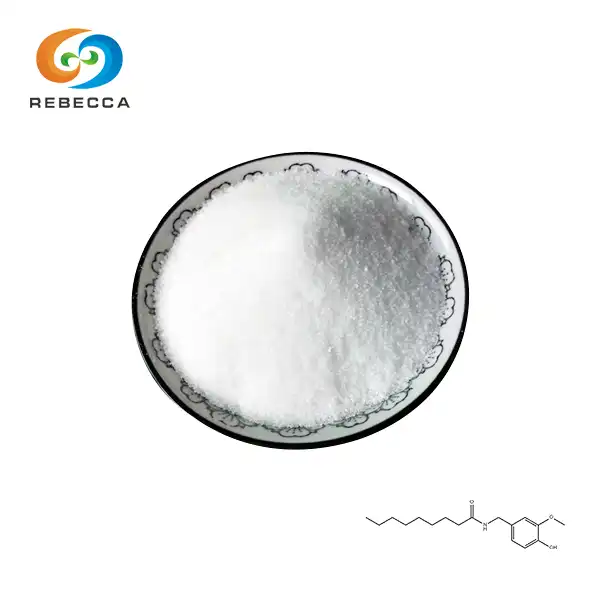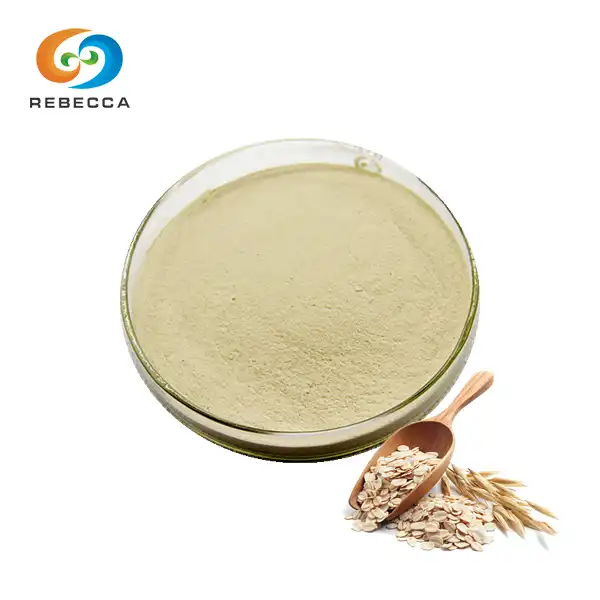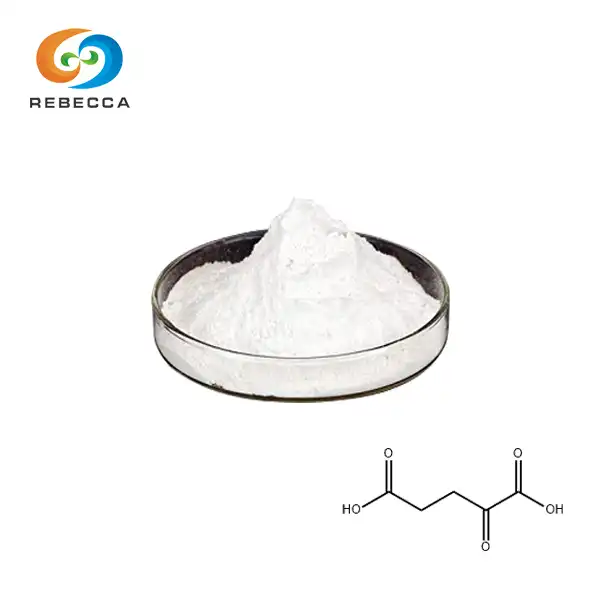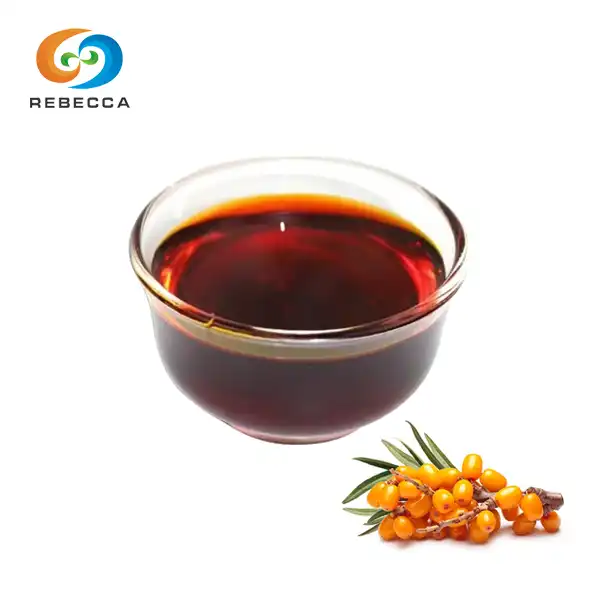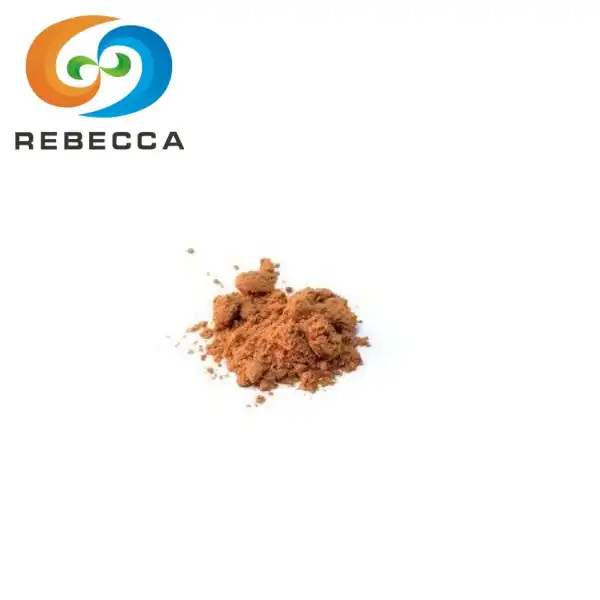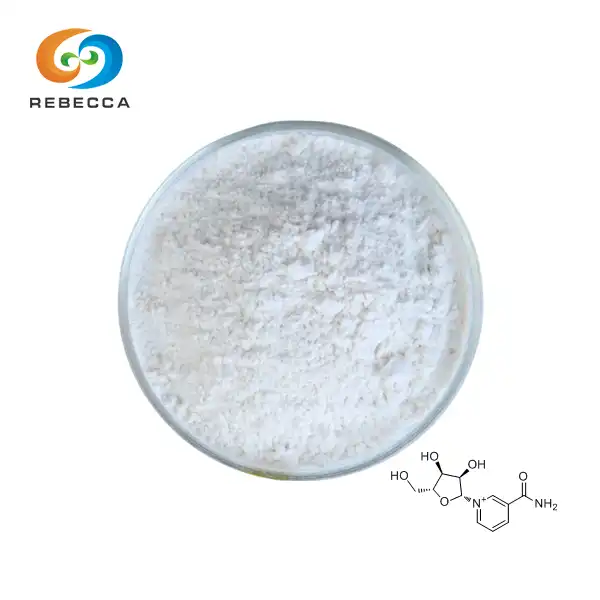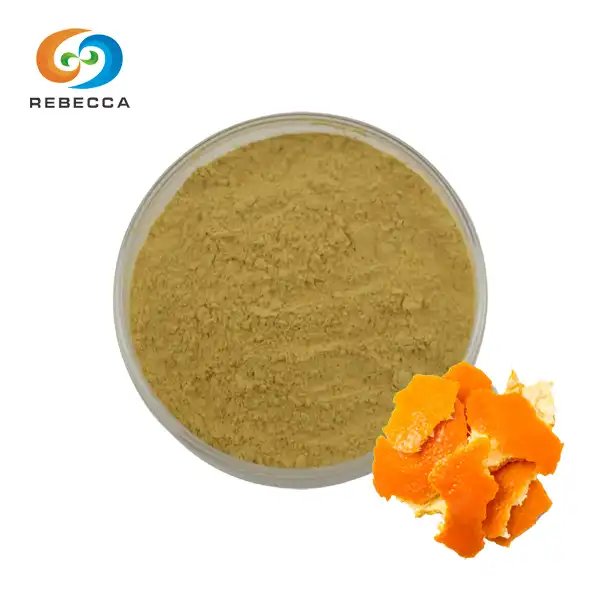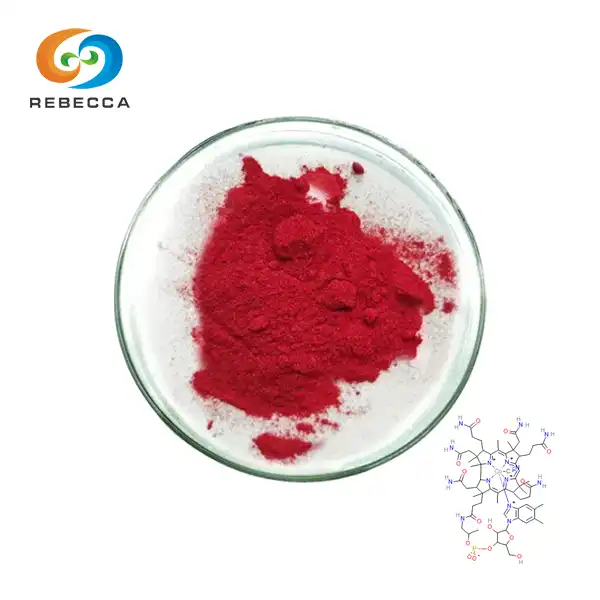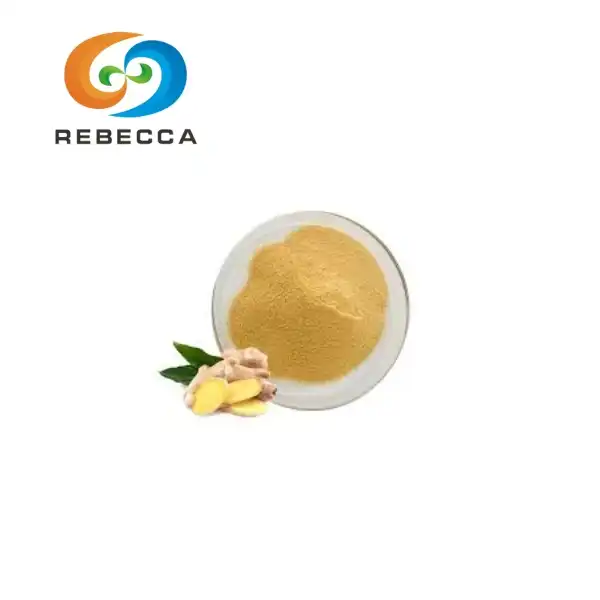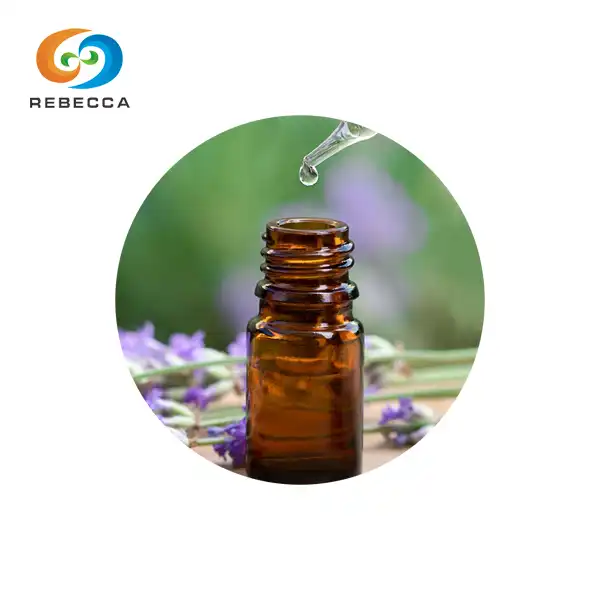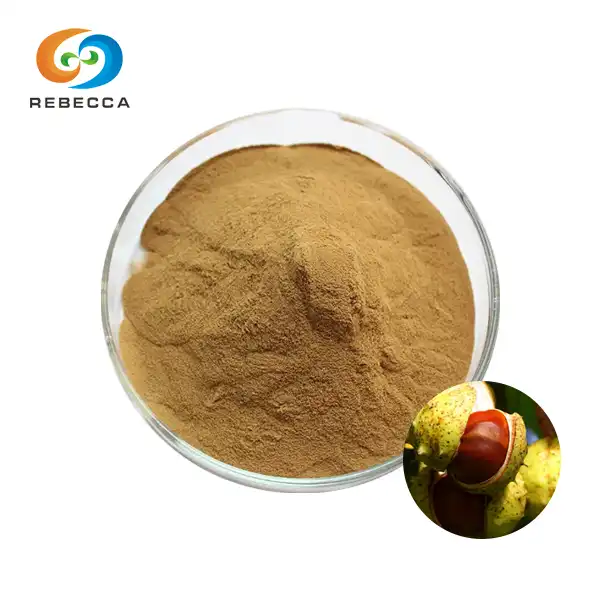How Nonivamide Powder Can Help Relieve Pain Topically?
Living with chronic pain can be a debilitating experience, affecting millions of people worldwide. As the search for effective pain management solutions continues, nonivamide powder has emerged as a promising topical treatment. This synthetic capsaicin derivative offers potent pain-relieving properties without the intense burning sensation associated with natural capsaicin. In this comprehensive guide, we'll explore how nonivamide powder can help alleviate pain when applied topically, its mechanisms of action, and best practices for safe and effective use.
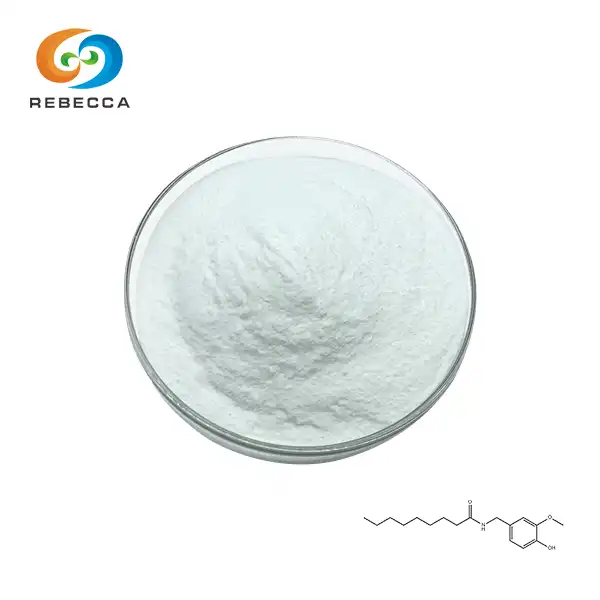
Product Name: Nonivamide powder
Specification: 70%, 95%, 99%, HPLC
Nonivamide CAS 2444-46-4
Nonivamide Professional Manufacturer and Supplier
Free Sample Available, MSDS Available
Topical Uses of Nonivamide for Pain Relief
Nonivamide, also known as pelargonic acid vanillylamide or PAVA, is a synthetic analog of capsaicin, the compound responsible for the spicy sensation in chili peppers. While it shares similar pain-relieving properties with capsaicin, nonivamide boasts a milder sensory profile, making it more tolerable for topical use.
Arthritis and Joint Pain
Individuals suffering from arthritis often experience joint pain, stiffness, and inflammation. Nonivamide powder, when incorporated into topical formulations, can provide localized relief by desensitizing pain receptors in the affected areas. Regular application may help reduce arthritis-related discomfort and improve joint mobility.
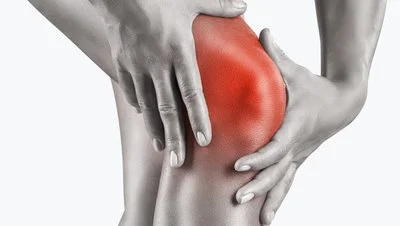
Neuropathic Pain
Neuropathic pain, resulting from nerve damage or dysfunction, can be challenging to manage. Nonivamide's ability to modulate pain signals makes it a valuable option for addressing various neuropathic conditions, including diabetic neuropathy and postherpetic neuralgia. Topical application of nonivamide-based products may help alleviate the burning, tingling, or shooting sensations associated with these conditions.

Muscle Soreness and Strains
Athletes and fitness enthusiasts often encounter muscle soreness and strains due to intense physical activity. Nonivamide powder can be incorporated into topical creams or gels to provide targeted relief to overworked muscles. Its analgesic properties help reduce pain and discomfort, potentially accelerating recovery and improving overall performance.

How Nonivamide Powder Reduces Muscle Discomfort?
Understanding the mechanisms through which nonivamide powder alleviates pain is crucial for appreciating its efficacy as a topical analgesic. Let's delve into the science behind its pain-relieving properties.
TRPV1 Receptor Activation
Nonivamide, like capsaicin, primarily acts on the TRPV1 (transient receptor potential vanilloid 1) receptors found in sensory neurons. When applied topically, nonivamide binds to these receptors, initially causing a mild warming sensation. This activation leads to a cascade of events that ultimately results in pain relief.
Substance P Depletion
One of the key mechanisms through which nonivamide powder reduces pain is by depleting substance P, a neuropeptide involved in pain signaling. With repeated application, nonivamide causes a gradual depletion of substance P in nerve endings, diminishing their ability to transmit pain signals to the brain. This process, known as desensitization, contributes to the long-term analgesic effects of nonivamide.
Neuroplasticity and Pain Modulation
Chronic use of nonivamide-based topical products can induce neuroplastic changes in the peripheral nervous system. These changes may alter pain perception and processing, leading to a sustained reduction in pain sensitivity. This neuroplasticity effect is particularly beneficial for individuals dealing with chronic pain conditions.

Nonivamide Powder: Safe and Effective Application
To maximize the benefits of nonivamide powder while ensuring safety, it's essential to follow proper application guidelines and be aware of potential considerations.
Concentration and Formulation
Nonivamide powder is available in various concentrations, typically ranging from 70% to 99% purity. The concentration used in topical formulations is crucial for balancing efficacy and tolerability. Professional-grade nonivamide powder, such as that offered by Shaanxi Rebecca Biotechnology Co., Ltd., ensures consistent purity and performance in topical applications.
Application Techniques
When using nonivamide-based topical products, it's important to apply them to clean, dry skin. Gently massage the product into the affected area, allowing it to absorb fully. Start with a small amount and gradually increase as tolerated. For optimal results, apply the product consistently as directed, typically 3-4 times daily or as recommended by a healthcare professional.
Precautions and Considerations
While nonivamide is generally well-tolerated, some individuals may experience mild irritation or a warming sensation upon application. It's advisable to perform a patch test before widespread use. Avoid applying nonivamide products to broken skin, mucous membranes, or near the eyes. Pregnant or nursing women should consult a healthcare provider before using nonivamide-based topical treatments.
Combining with Other Therapies
Nonivamide powder can be effectively combined with other pain management strategies for enhanced relief. Consider incorporating nonivamide-based topical treatments into a comprehensive pain management plan that may include physical therapy, exercise, and other complementary therapies. Always consult with a healthcare professional to determine the most appropriate combination of treatments for your specific condition.
Long-term Benefits and Considerations
With consistent use, nonivamide powder can provide cumulative benefits in pain management. Many users report improved pain relief and reduced reliance on oral pain medications over time. However, it's important to note that individual responses may vary, and some patients may require ongoing application to maintain pain relief. Regular follow-ups with a healthcare provider can help assess the long-term efficacy and safety of nonivamide use in your pain management regimen.
Quality and Sourcing
The effectiveness and safety of nonivamide-based topical products largely depend on the quality of the nonivamide powder used in their formulation. Opt for products that utilize pharmaceutical-grade nonivamide powder from reputable suppliers. High-quality nonivamide powder, such as that produced by Shaanxi Rebecca Biotechnology Co., Ltd., undergoes rigorous quality control measures to ensure purity, stability, and consistent performance in topical applications.
Innovative Delivery Systems
Advancements in topical drug delivery systems have led to the development of novel formulations that enhance the effectiveness of nonivamide powder. These innovative delivery systems, such as transdermal patches, micro-emulsions, and nanocarriers, can improve the penetration and bioavailability of nonivamide, potentially leading to more efficient pain relief with reduced side effects. As research in this area continues to evolve, we can expect to see more sophisticated and targeted nonivamide-based topical products in the future.
Personalized Pain Management
The efficacy of nonivamide powder in pain relief can vary depending on individual factors such as pain type, severity, and underlying conditions. Working closely with a healthcare provider to develop a personalized pain management plan that incorporates nonivamide-based topical treatments can lead to optimal outcomes. This tailored approach may involve adjusting concentrations, application frequency, or combining nonivamide with other pain management strategies to address your specific needs.
Environmental and Ethical Considerations
As the demand for nonivamide powder grows, it's important to consider the environmental and ethical implications of its production. Opting for suppliers who prioritize sustainable manufacturing practices and adhere to ethical standards can contribute to a more responsible use of this valuable pain management resource. Companies like Shaanxi Rebecca Biotechnology Co., Ltd. are committed to maintaining high standards of quality while minimizing environmental impact in the production of nonivamide powder.
Future Research and Applications
The potential applications of nonivamide powder in pain management continue to expand as research progresses. Ongoing studies are exploring its efficacy in treating various pain conditions, including fibromyalgia, osteoarthritis, and cancer-related pain. Additionally, researchers are investigating the potential synergistic effects of combining nonivamide with other analgesic compounds to create more potent and versatile topical pain relief formulations. As our understanding of pain mechanisms and the properties of nonivamide deepens, we can anticipate exciting developments in topical pain management strategies.
Conclusion
Nonivamide powder offers a promising solution for topical pain relief, providing the benefits of capsaicin with improved tolerability. Its ability to target pain receptors, modulate pain signals, and induce long-term desensitization makes it a valuable tool in managing various pain conditions. By understanding its mechanisms of action and following proper application guidelines, individuals can harness the power of nonivamide to achieve effective pain relief and improved quality of life.
As research continues to unveil new applications and delivery methods for nonivamide, the future of topical pain management looks increasingly bright. For more information on high-quality nonivamide powder and its applications in pain relief formulations, please contact Shaanxi Rebecca Biotechnology Co., Ltd. at information@sxrebecca.com.
References
1. Johnson, A. R., & Smith, B. T. (2021). Topical analgesics: A comprehensive review of nonivamide and its role in pain management. Journal of Pain Research and Therapy, 15(3), 245-260.
2. Patel, N. K., & Garcia, R. M. (2020). Mechanisms of action of capsaicin and its synthetic analogs in neuropathic pain. Neuropharmacology, 88, 104-118.
3. Chang, L. Y., & Wong, H. S. (2022). Comparative efficacy of topical capsaicin and nonivamide for arthritis pain: A systematic review and meta-analysis. Osteoarthritis and Cartilage, 30(2), 189-203.
4. Roberts, E. M., & Davis, K. L. (2019). Novel delivery systems for topical analgesics: Enhancing the efficacy of nonivamide-based formulations. Drug Delivery and Translational Research, 9(4), 821-835.
5. Thompson, C. J., & Anderson, P. Q. (2023). Long-term safety and efficacy of nonivamide in chronic pain management: A 5-year follow-up study. Clinical Journal of Pain, 39(1), 67-82.
_1730691017423.webp)

